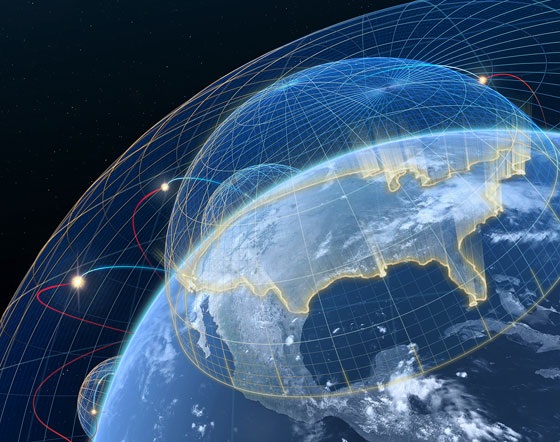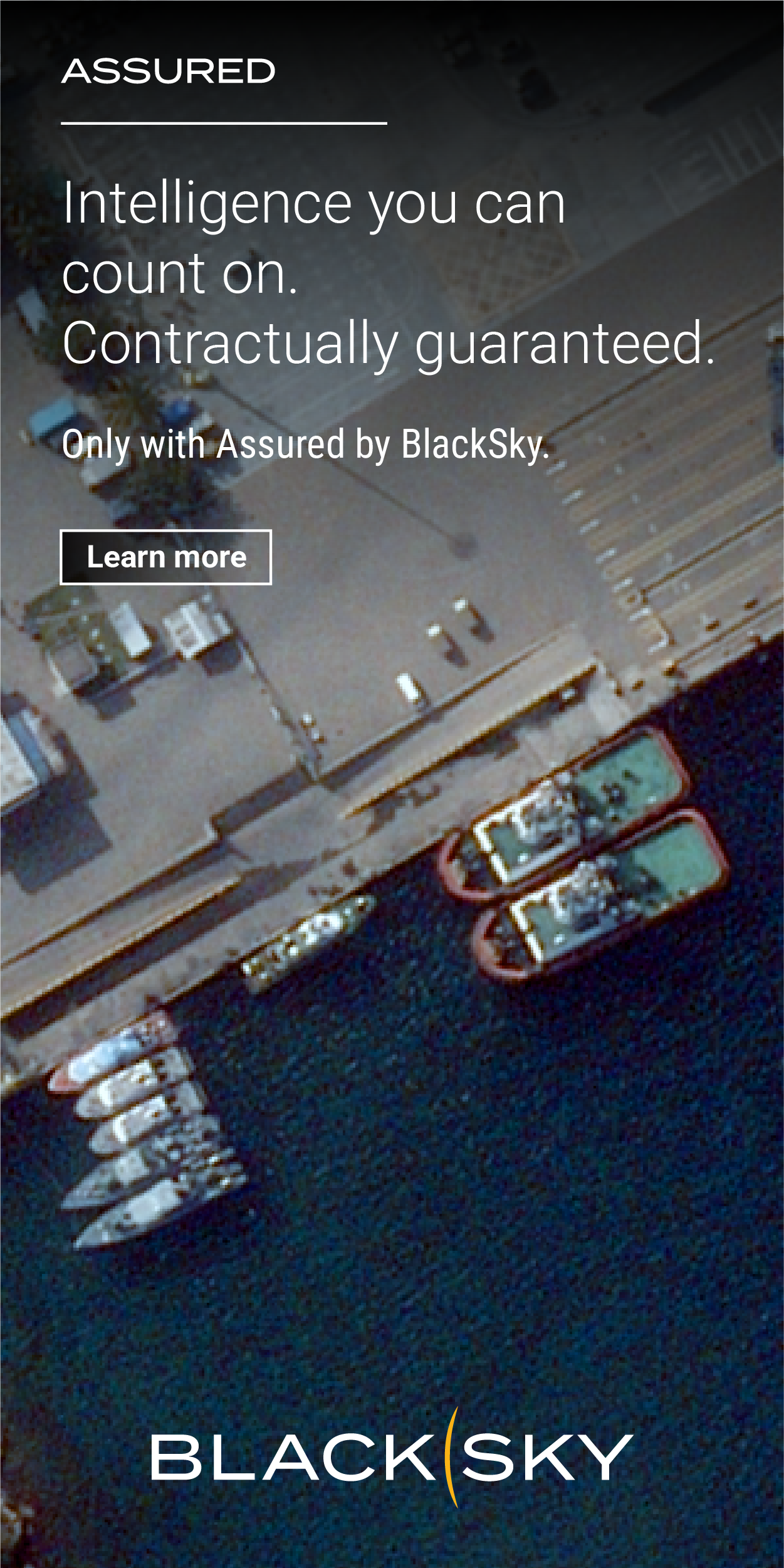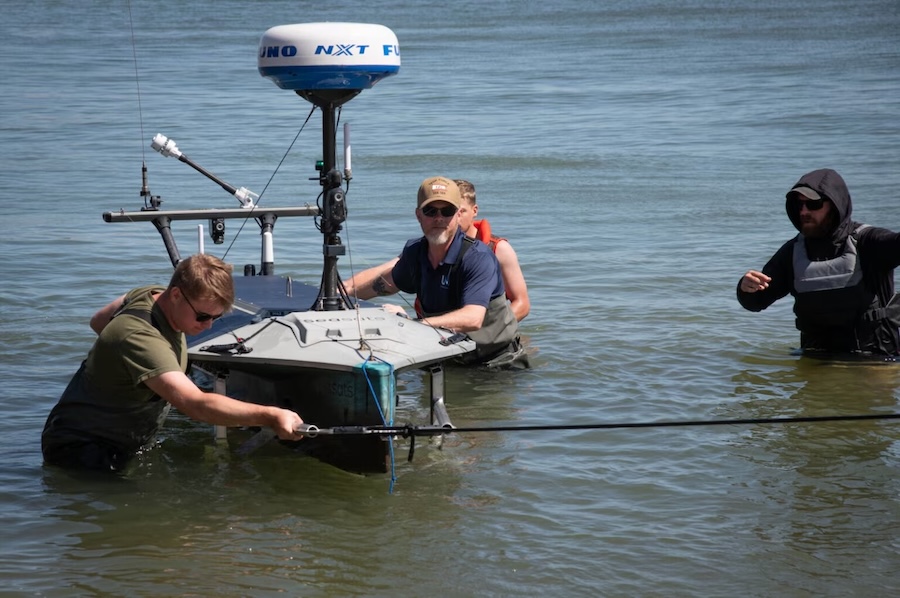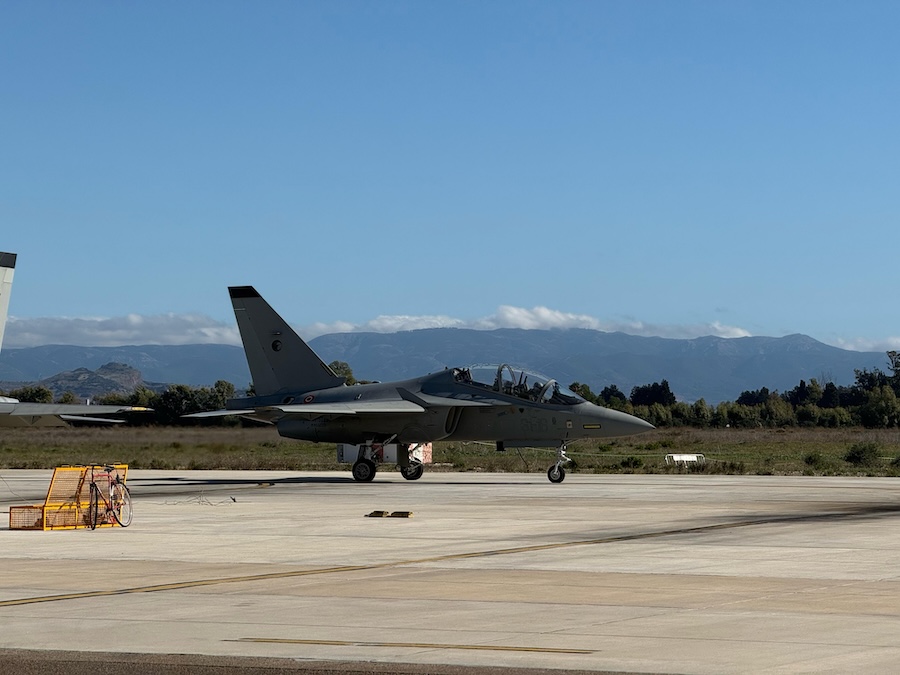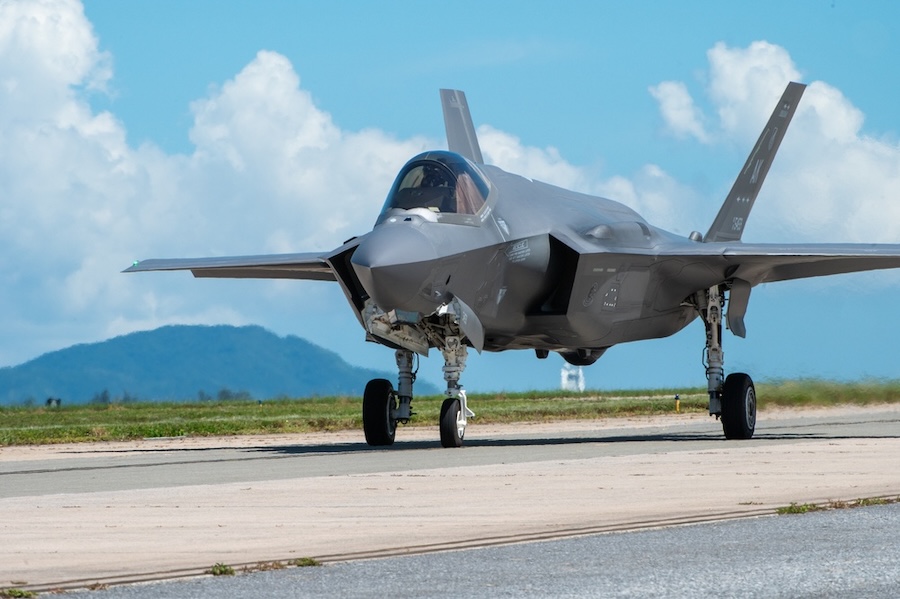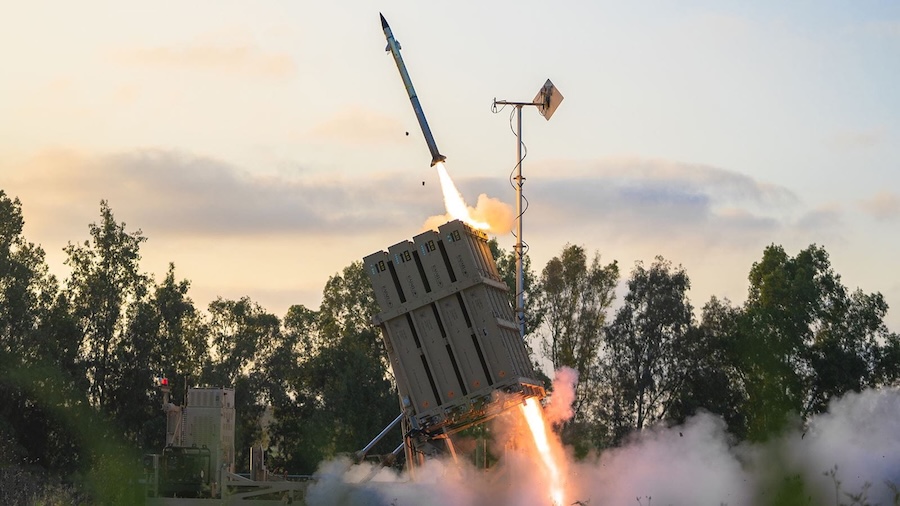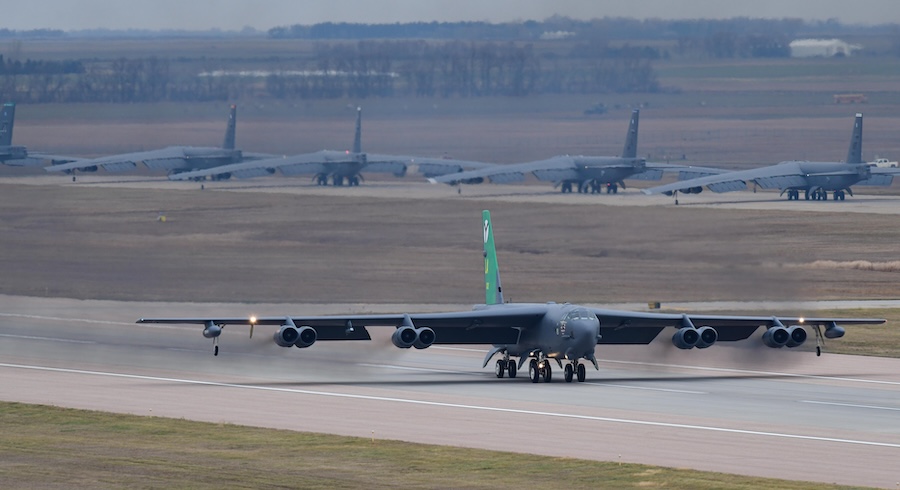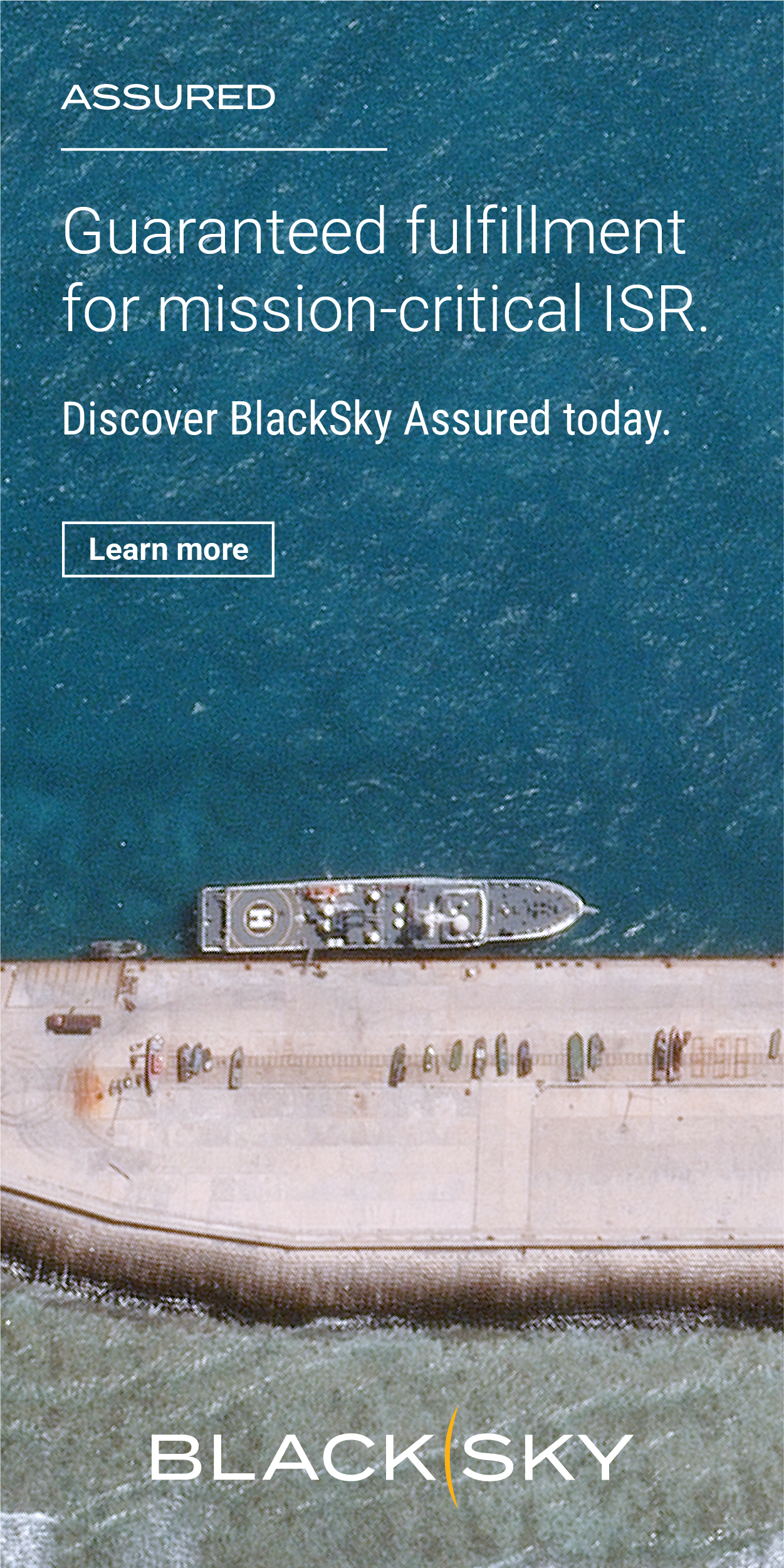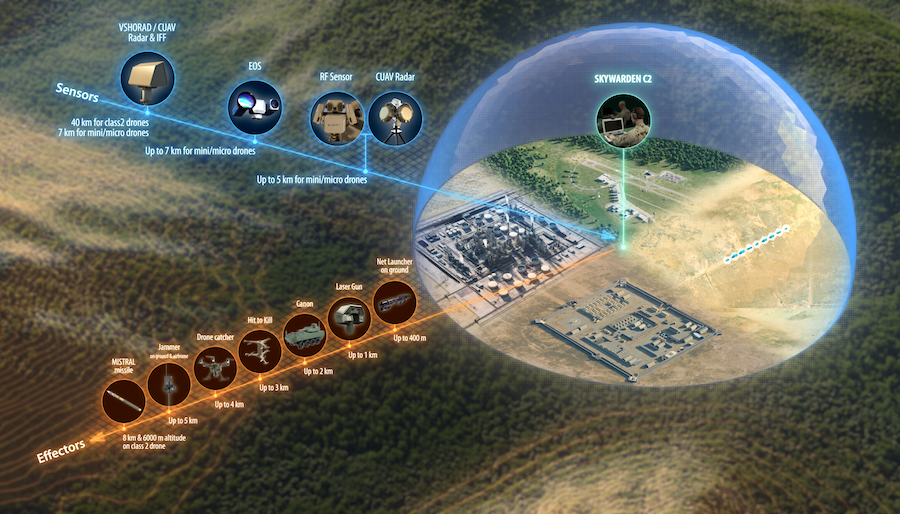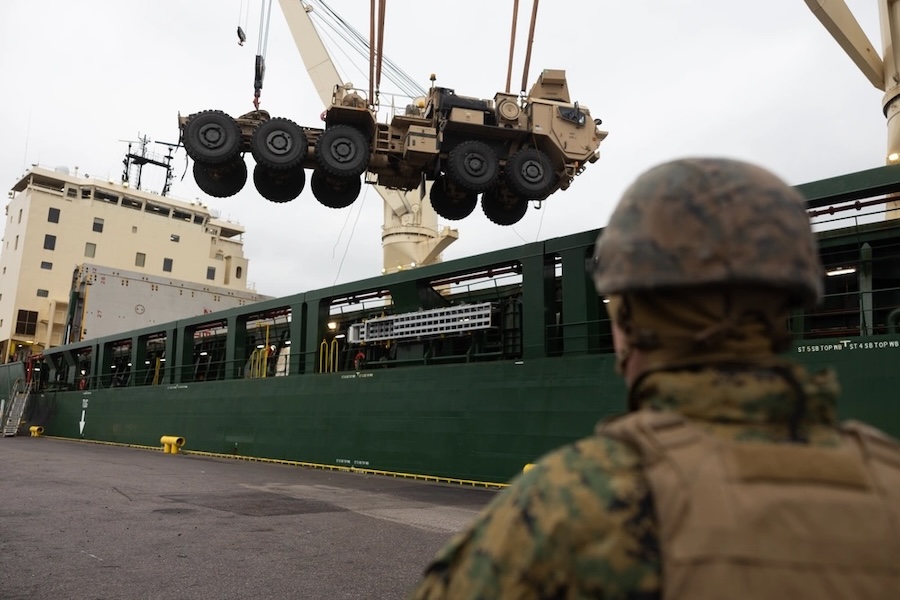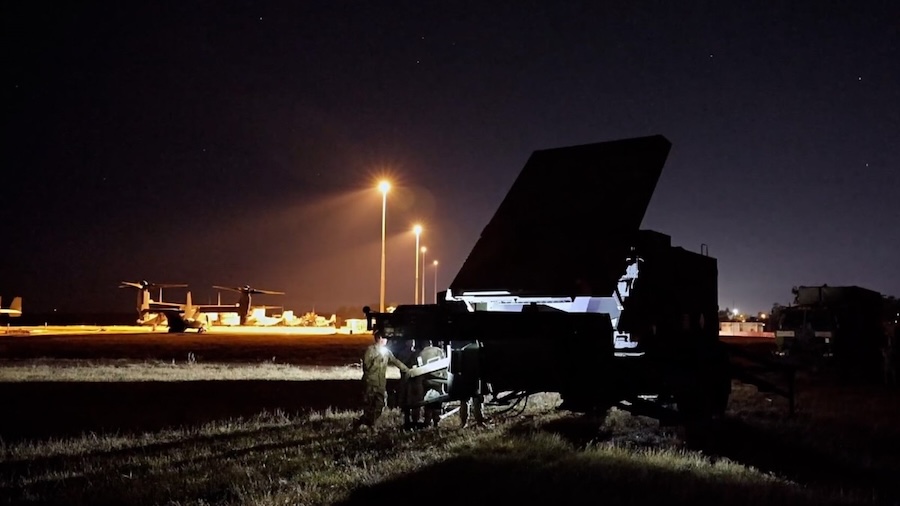The request for proposals, issued on 10 September, covers SHIELD—the Scalable Homeland Innovative Enterprise Layered Defense effort—launching a competition worth up to $151 billion. The 10-year indefinite-delivery, indefinite-quantity contract aims to create a pool of qualified companies to support the Pentagon’s homeland missile defence initiatives through prototyping, testing, and experimentation.
According to an MDA memo dated 2 October, the extension follows the receipt of more than 1,500 questions from companies over the past three weeks. The move underscores the scale of industry engagement in what is expected to become one of the largest defence development programmes in U.S. history.
The Space Force, meanwhile, announced on 18 September that it is seeking prototype proposals for space-based interceptor technology. The notice stated that the service plans to issue multiple awards through “other transaction authorities” or by conducting prize competitions to narrow the field of participants.
Since the start of President Donald Trump’s second term, the Pentagon has been pursuing his vision for a layered network of ground- and space-based sensors and interceptors to defend against advanced missile threats. While few details have been made public, Trump has said Golden Dome will cost $175 billion to develop over the next three years, with $25 billion already secured through congressional budget reconciliation earlier this summer.
However, experts warn that total costs could far exceed initial projections. A report published on 12 September by the American Enterprise Institute estimated the 20-year price tag could range from $252 billion to $3.6 trillion, depending on how the system’s architecture evolves.
The White House has directed officials to accelerate the development of a “reference architecture” that builds upon existing missile warning and tracking satellite constellations led by MDA and the Space Development Agency. The plan also calls for investment in emerging technologies such as space-based interceptors.
Golden Dome Director Gen. Michael Guetlein, formerly Vice Chief of Staff of the Space Force, presented an initial plan to lawmakers on 30 September during a closed-door briefing. The Pentagon has not disclosed details of that presentation, and Department of Defense officials have not commented publicly on Golden Dome since August.
At a Space Foundation conference in late July, Guetlein said much of the technology envisioned for Golden Dome has already been demonstrated, including the space-based interceptors (SBIs) that some critics question as feasible. He explained that “the physics challenges related to SBIs have largely been overcome; what DOD still needs to is demonstrate it can deliver the capability affordably and in large numbers—which could require tens of thousands of interceptors.”
Guetlein also highlighted the complexity of integrating multiple defence systems and establishing the command-and-control structure to operate them. “We have to deliver on that vision of integrated command and control across the nation, across all these multiple platforms,” he said. “Then we have to bring to bear an integrated network of sensors to be able to close the fire control loop with an integrated network of interceptors that have probably never been brought together before, between the Army, the Navy, the Air Force, and even the Marine Corps.”
Source: Air & Space Forces Magazine.




